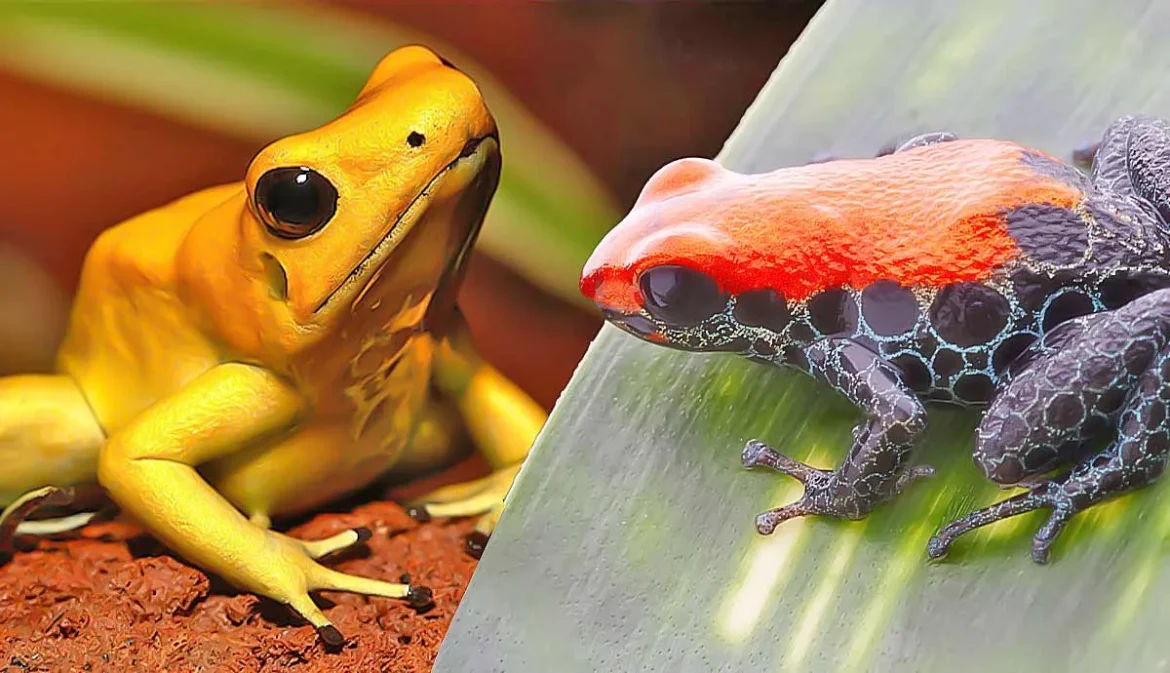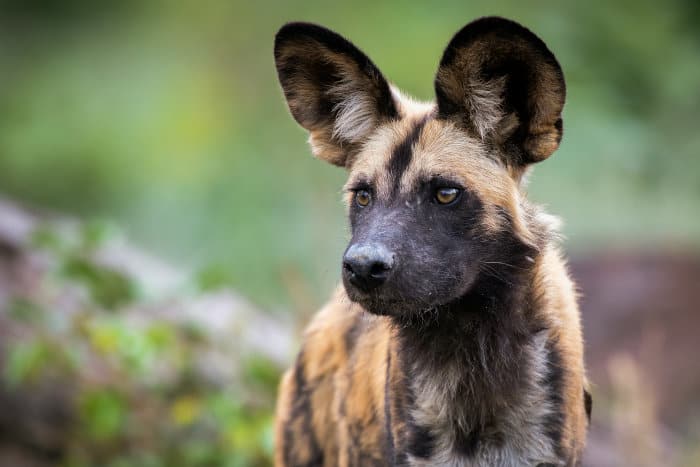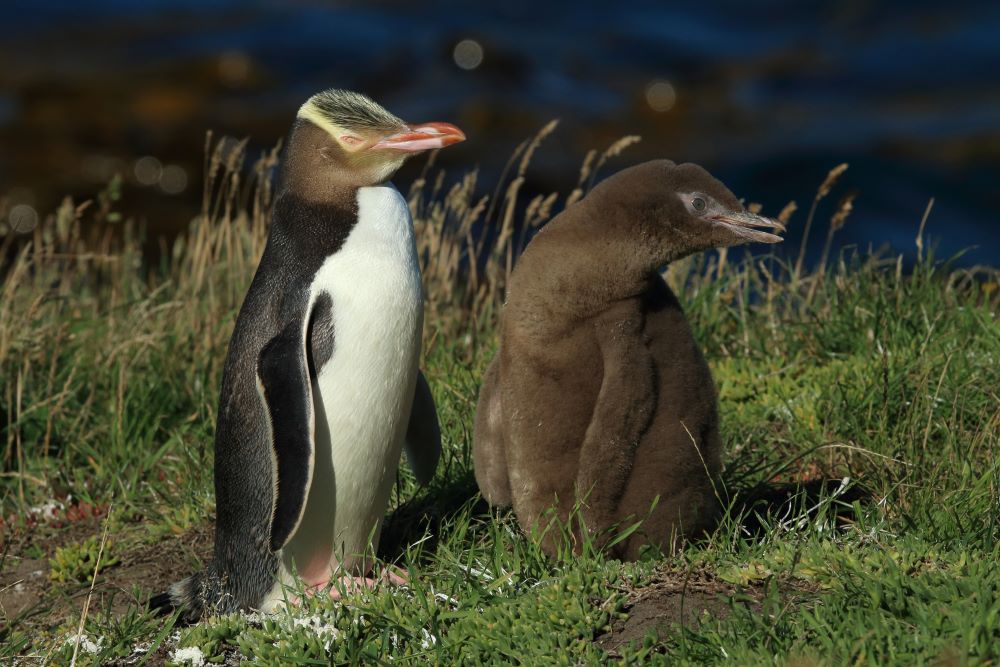4. Dietary Preferences: The manul is a carnivorous predator, preying primarily on small mammals such as pikas, voles, and ground squirrels. It is also known to hunt birds, reptiles, and insects when opportunities arise. The manul employs stealth and patience to stalk its prey, relying on its keen senses of sight and hearing to detect movement and pinpoint the location of potential prey.
5. Conservation Status: The Pallas’s cat faces numerous threats to its survival in the wild, including habitat loss, poaching, and conflict with domestic livestock. Human activities such as mining, agriculture, and infrastructure development encroach upon the manul’s habitat, fragmenting populations and reducing available prey. Additionally, the manul’s thick fur is prized by poachers for use in traditional fur garments, further exacerbating its decline.
6. Conservation Efforts: Conservation organizations and researchers are actively engaged in efforts to protect and conserve the Pallas’s cat and its habitat. These initiatives include habitat conservation, research and monitoring programs, community-based conservation initiatives, and education and outreach efforts. By raising awareness about the importance of preserving the manul and its unique ecosystem, we can help ensure the survival of this elusive and enigmatic feline for generations to come.
In conclusion, the Pallas’s cat, with its unique appearance, adaptations, and elusive behavior, remains a symbol of the wild and untamed landscapes of Central Asia. As we strive to conserve its habitat and protect it from the threats of human encroachment and exploitation, we honor the manul’s place in the intricate web of life and ensure that it continues to roam the high-altitude steppes for millennia to come.





